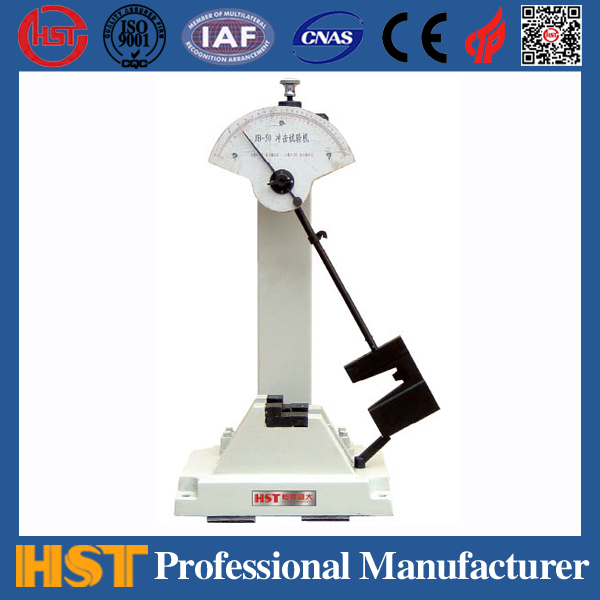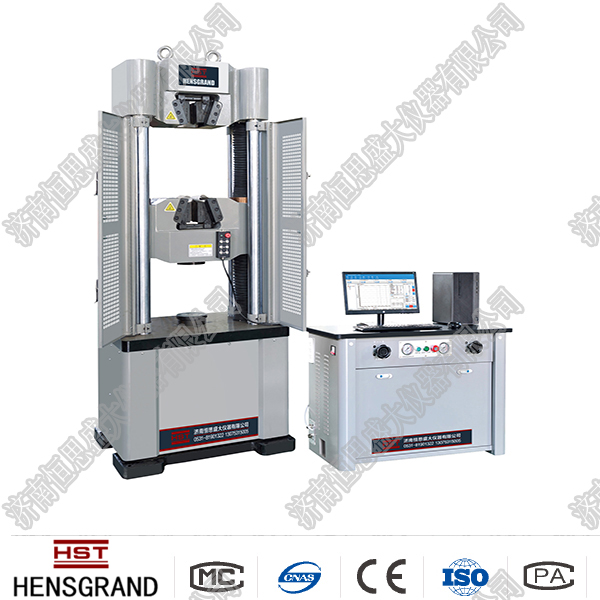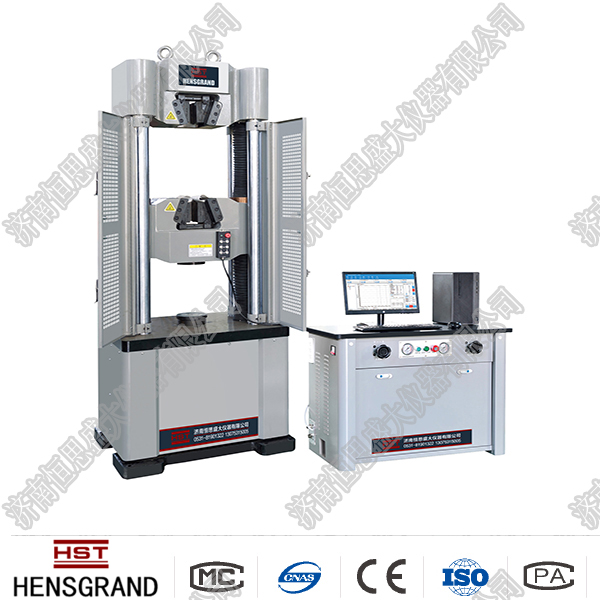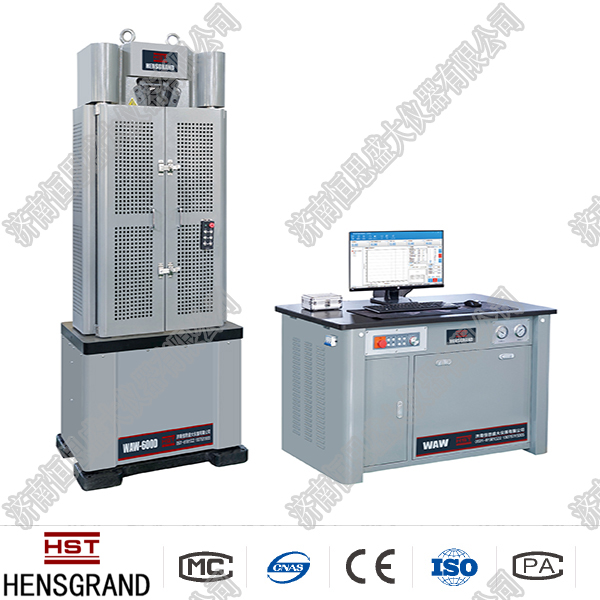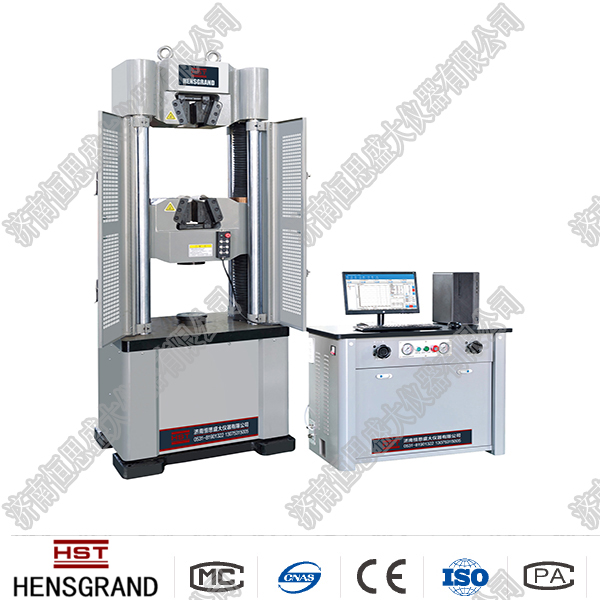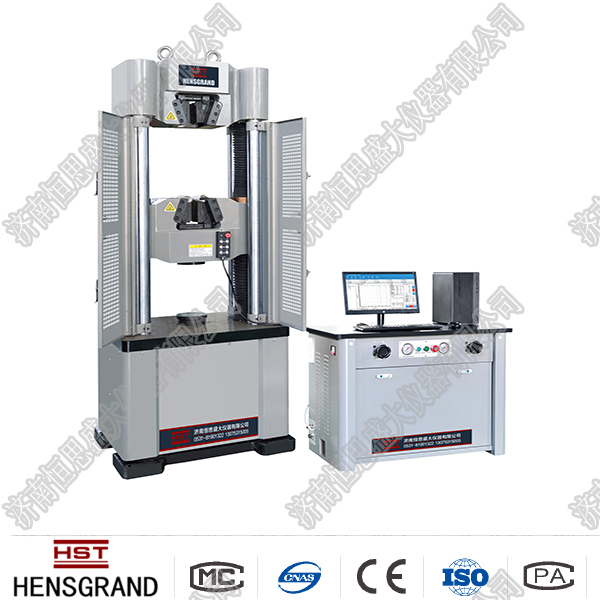Company News
Looking at the development history of German universal testing machines
Release time:2018-11-23 source:Jinan Hengsi Shanda Instrument Co., Ltd. Browse:
Germany's universal testing machine? That's right. Does hearing the word "German" make people feel that it is very industrial and technological, and the quality is stable? Let’s not discuss anything else, let’s talk about cars that you know a lot. If your car is from German, maybe the Japanese, Korean or domestic products next door have been replaced, but the German car can still be driven. German things are so able to create a superstitious worship of quality. Why can they be so meticulous and how can they be so strong? This is not only the world of Germany's automobiles, but also the field of universal testing machines.
Why is the manufacturing industry of Germans so good (mainly speaking of quality), in addition to their personality relationships, of course, there are historical factors. As a powerful country, Germany also began researching mechanically very early. Taking the universal test machine as an example, the first experimenter to systematically discuss fatigue phenomena was the German A. Whler. Since 1847, he has been the director of the rolling stock and rolling stock factory and the director of the machinery factory, and has stopped deepening the systematic discussion of metal fatigue. In 1850, the German A. Whler designed a fatigue universal testing machine (also known as the A. Whler fatigue testing machine) for locomotive axles to stop fatigue experiments on full-size locomotive axles. Later, he developed various types of fatigue testing machines and used metal samples to stop fatigue experiments for the first time. In his paper published in 1871, he systematically explained the relationship between fatigue life and cyclic stress, proposed the concepts of S-N curve and fatigue limit, established that stress amplitude is the resolution element of fatigue destruction, and laid the foundation for metal fatigue. Therefore, it is recognized that A.Whler is the founder of fatigue and is known as the "father of fatigue experiments". From the 1870s to the 1890s, Gerber W. discussed the effect of uniform stress on fatigue intensity and proposed the Gerber parabolic equation, which was simplified straight line-Goodman diagram proposed by British Goodman J. (Goodman).
Recommended productsPRODUCTS


















